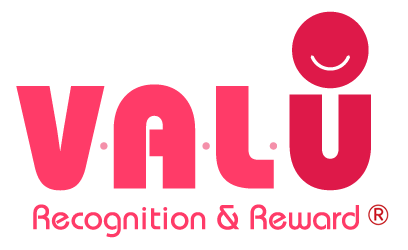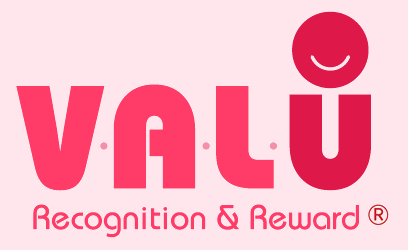How Recognition Shapes Company Culture
Company culture isn’t built overnight—and it certainly isn’t built by posters or slogans alone. It’s built day by day, action by action, through the behaviours that are encouraged, celebrated, and repeated.
That’s where employee recognition comes in.
When done right, recognition isn’t just a feel-good initiative—it becomes a strategic lever that shapes culture, boosts performance, and drives retention. Let’s explore how, along with real-world examples that prove it works.
1. Recognition Reinforces the Behaviours That Define Culture
Culture is defined by what’s normal in your organisation. When you recognise employees for living your values—whether it’s collaboration, innovation, or integrity—you’re reinforcing the behaviours you want others to emulate.
🟡 Real-world example: Zappos
Zappos built a culture of fun and customer service by actively recognising employees who go above and beyond for customers. Recognition was spontaneous, public, and aligned with their core values—making those values visible and aspirational.
✅ Takeaway: Tie recognition directly to your company values, and culture becomes real, not theoretical.
2. Recognition Builds Belonging and Psychological Safety
Employees are more engaged and productive when they feel like they belong. Regular recognition—especially peer-to-peer—creates emotional safety and connection. People know their efforts are seen, valued, and appreciated.
🟡 Real-world example: Google
Google uses a peer recognition platform where employees can send kudos and award points. This openness encourages team-to-team appreciation and reinforces a psychologically safe, collaborative environment.
✅ Takeaway: A culture of recognition fosters trust and belonging—key ingredients for innovation and resilience.
3. Recognition Drives Positive Performance Norms
When employees see what great performance looks like—and that it’s celebrated—they’re more likely to adopt similar behaviours. Recognition becomes a performance multiplier.
🟡 Real-world example: Southwest Airlines
Southwest is known for celebrating team success. Crew members regularly recognise one another for teamwork and customer service. The result? A high-performing, people-first culture with strong retention rates.
✅ Takeaway: Public recognition sets performance standards and helps shape what “good” looks like in your organisation.
4. Recognition Supports Culture Through Change and Growth
During growth or periods of change, culture can become fragile. Recognition helps anchor people to what matters and keeps morale strong.
🟡 Real-world example: HubSpot
During rapid scale-up, HubSpot leaned on values-based recognition to maintain its startup culture. Employees were celebrated for living the company’s HEART values (Humble, Empathetic, Adaptable, Remarkable, Transparent)—keeping those values alive as the company grew.
✅ Takeaway: Recognition can preserve and protect culture during transitions—especially when values are consistently reinforced.
5. Recognition Turns Culture Into Measurable Action
With the right tools, recognition isn’t just emotional—it’s measurable. By tracking recognition trends, organisations can see how often values are lived, which teams are thriving, and where culture might need support.
🟡 How V.A.L.U Recognition & Reward helps:
V.A.L.U links each recognition to company values and team goals, creating a live stream of cultural alignment and positive action. Leadership teams can track recognition patterns, identify cultural champions, and course-correct where needed.
✅ Takeaway: Recognition data gives leaders real insight into how culture is lived—not just how it’s described.
Final Thought
If your culture is what people do when no one’s watching—recognition is how you influence that behaviour.
It’s one of the most powerful tools at your disposal to build, reinforce, and scale the kind of culture that drives business success.
When people feel seen, they show up stronger. When values are recognised, they are repeated. And when recognition is woven into the fabric of your business, culture becomes a competitive advantage.

